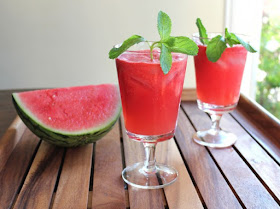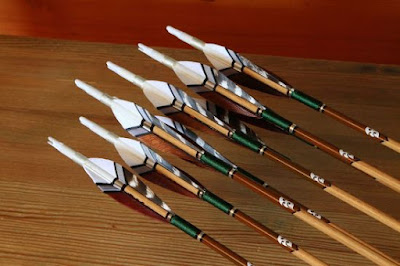Are these actually worth the cost? Or are they overpriced? There are less expensive alternatives that offer the same or similar benefits.
Some of the options below (like the mirror) are really rather silly, but appeal to people who are vain about their appearances.
Peloton Bike: High-end stationary exercise bike with a built-in screen for streaming live and on-demand workouts. Price: Starting at $1,495 for the bike, plus a monthly subscription fee for classes.
Mirror Home Gym: Interactive mirror with embedded technology for streaming fitness classes and providing real-time feedback. Price: Starting at $1,495 for the mirror, plus a monthly subscription fee for classes.
Technogym Kinesis Personal: Multi-functional fitness station with adjustable cables for resistance training exercises. Price: Starting at $7,000.
Hydrow Rower: High-end rowing machine with a built-in screen for streaming live and on-demand rowing workouts. Price: Starting at $2,495 for the rower, plus a monthly subscription fee for classes.
Tonal Smart Home Gym: Wall-mounted resistance training system with built-in AI technology for personalized workouts. Price: Starting at $2,995, plus a monthly subscription fee for classes.
Woodway Curve Treadmill: Self-powered treadmill with a curved design for a more natural running experience. Price: Starting at $7,000.
NordicTrack Incline Trainer: Treadmill with adjustable incline levels for simulating uphill running. Price: Starting at $1,999.
Bowflex Max Trainer: Hybrid elliptical and stair climber machine for high-intensity interval training. Price: Starting at $999.
WaterRower Rowing Machine: Wooden rowing machine with a water resistance system for a smooth and realistic rowing motion. Price: Starting at $1,160.
TrueForm Runner Treadmill: Non-motorized treadmill with a curved design for a more natural running gait. Price: Starting at $4,495.
Precor Elliptical Trainer: Commercial-grade elliptical trainer with advanced features and durability. Price: Starting at $2,000.
Assault AirBike: Fan-powered exercise bike with unlimited resistance for intense cardio workouts. Price: Starting at $699.
Keiser M3i Indoor Cycle: Commercial-grade indoor cycling bike with magnetic resistance and Bluetooth connectivity. Price: Starting at $1,995.
Rogue Fitness Monster Rack: Heavy-duty power rack for strength training exercises like squats, bench presses, and pull-ups. Price: Starting at $1,000.
Concept2 SkiErg: Skiing machine for full-body cardio and strength workouts. Price: Starting at $815.
TRX Suspension Trainer: Portable suspension training system for bodyweight exercises targeting multiple muscle groups. Price: Starting at $169.95.
Technogym Skillmill: Self-powered treadmill with a curved deck for high-intensity interval training and speed work. Price: Starting at $12,000.
Precor AMT (Adaptive Motion Trainer): Adaptive elliptical cross-trainer with adjustable stride length and resistance levels. Price: Starting at $7,395.
Hoist Fitness ROC-IT Selectorized Machines: Selectorized strength training machines with dynamic movement patterns for improved muscle activation. Price: Starting at $3,000 per machine.
Body-Solid Functional Training Center: Multi-station functional training machine for full-body workouts. Price: Starting at $3,000.
While these exercise equipment options may offer advanced features, durability, and high-quality construction, their high price tags may not always align with the needs and preferences of all users, leading to debates about their overall value for money. Additionally, more affordable alternatives may provide similar workout experiences without the hefty investment.



















